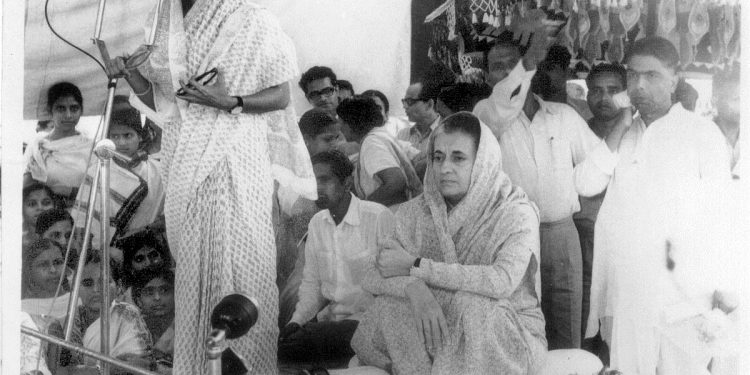Bhubaneswar: An epitome of country’s women empowerment, Nandini Satpathy rules the hearts and minds of millions of Odias. Born June 9, 1931, Nandini was the first woman Chief Minister of Odisha and the second woman to become Chief Minister in independent India. Known as the ‘Iron Lady of Odisha’, she was one of the pioneering female politicians of post-independent India.
She was also an exemplary literary figure, having won the Sahitya Bharati Samman for her contributions to Odia literature in 1998. She translated Taslima Nasreen’s magnum opus Lajja into Odia.
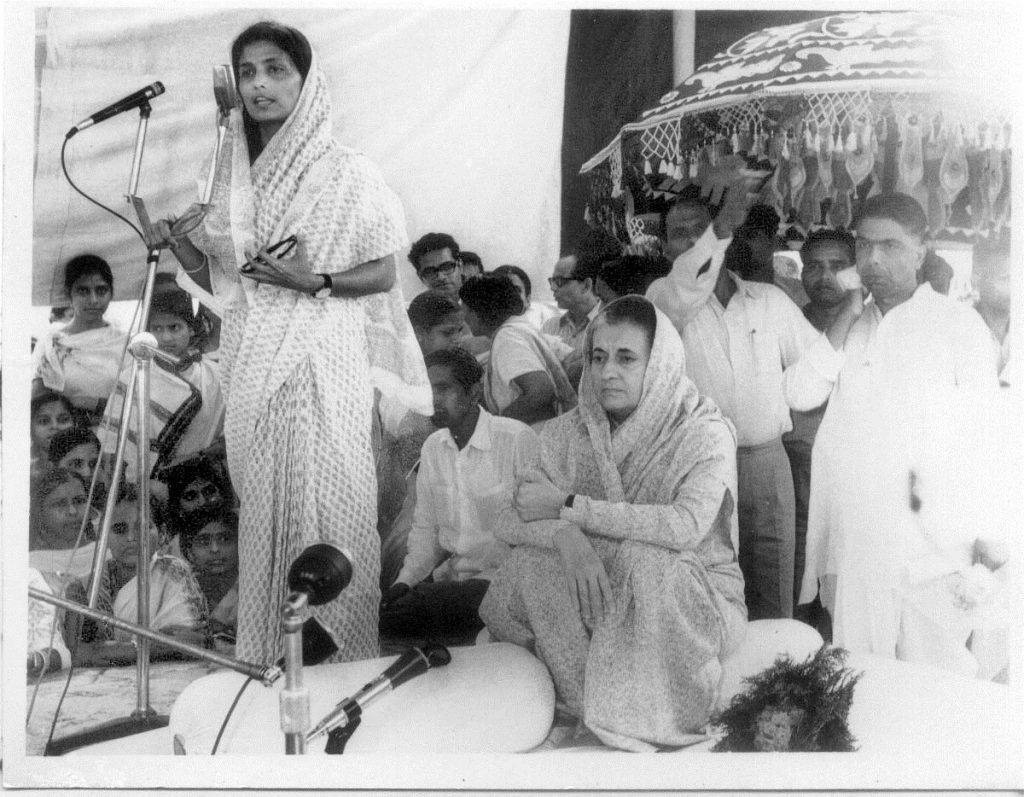

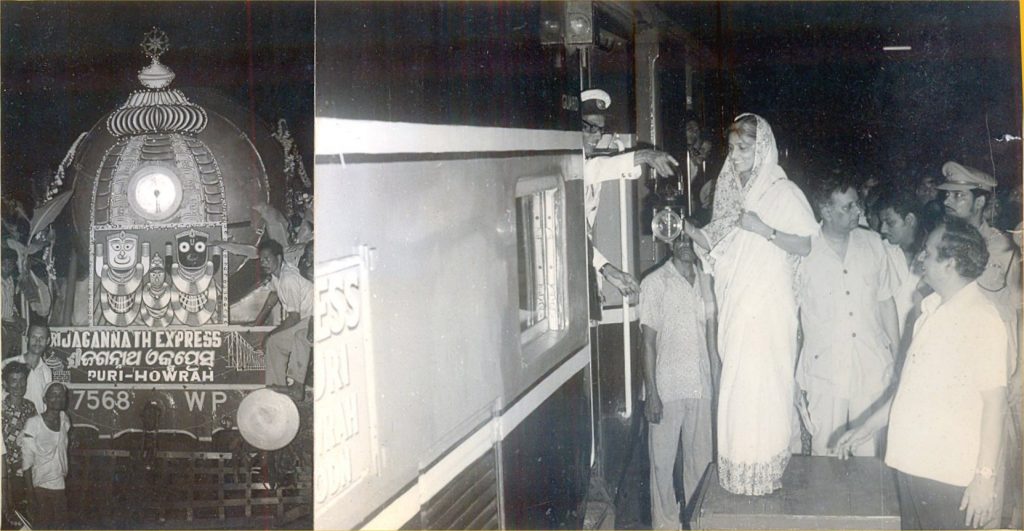
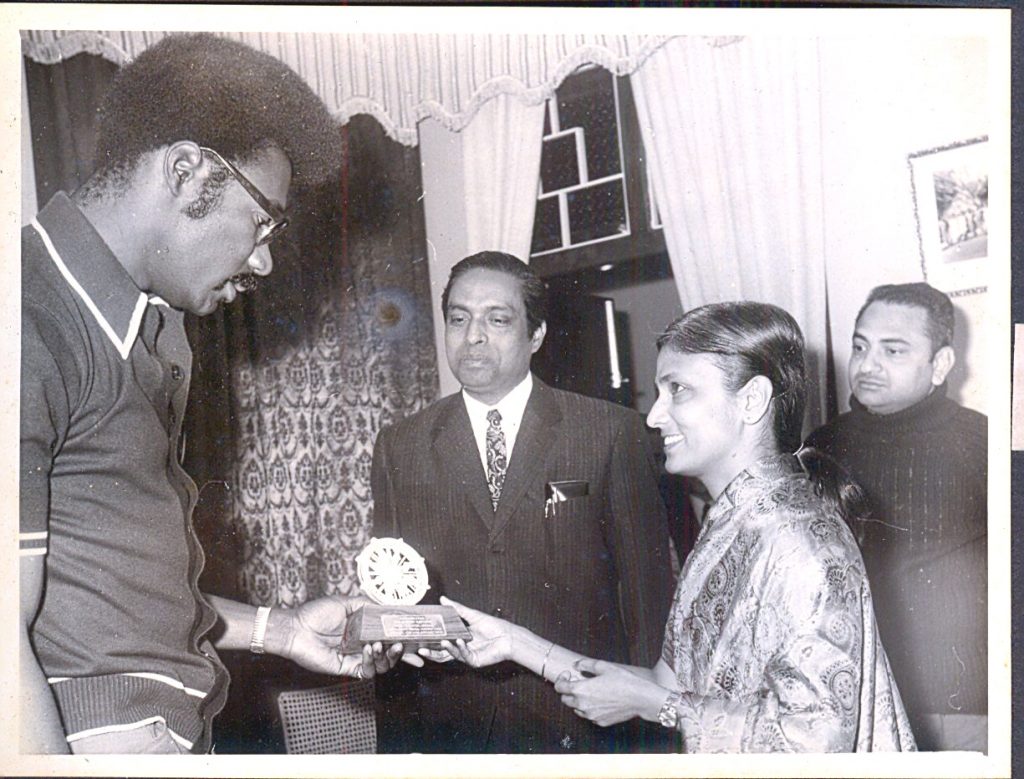
Nandini had cut her teeth in politics from a very young age. It all began in 1951 with a student protest against the increasing cost of college education in Orissa. Soon after, she joined the Indian National Congress and became the president of the Women’s Forum of India. Apart from her position as a Chief Minister, she was elected as a Member of Parliament in 1962, serving as a minister of information and broadcasting bringing immense growth to the industry.
In addition to her political prowess, Satpathy authored numerous books and translated contemporary non-Oriya literature into Oriya. Satpathy continues to be honoured every year on 9th June, the anniversary of her birth which has come to be designated as Nandini Divas or National Daughters day.
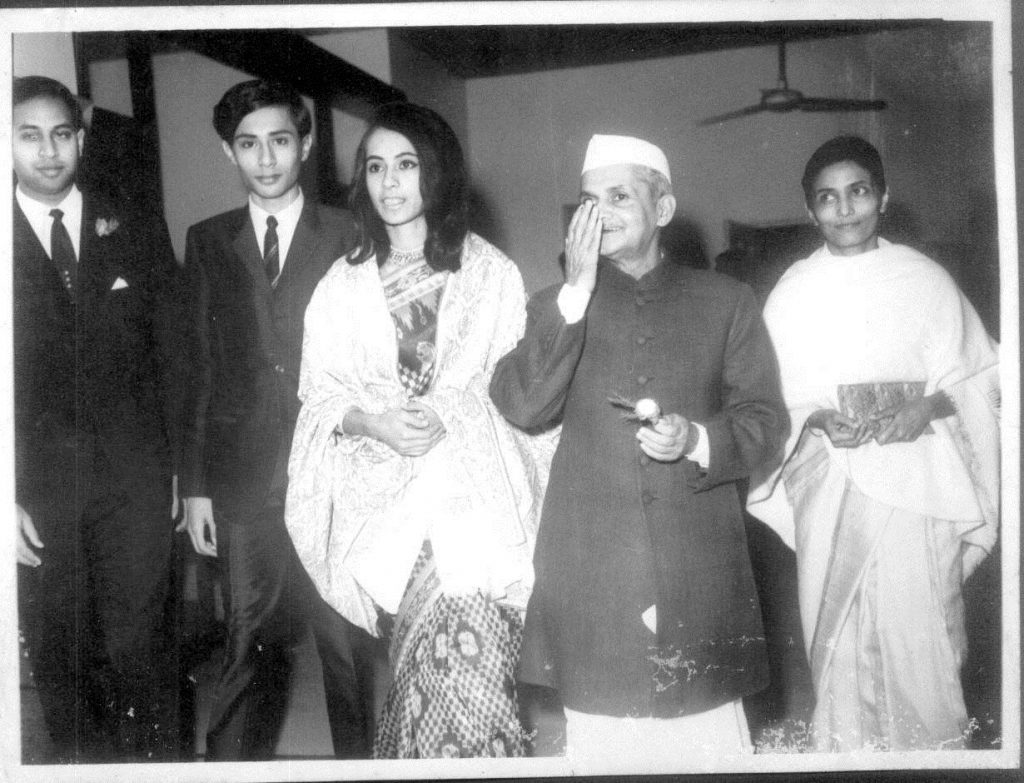
Nandini Satpathy, who was known to be the right hand of Prime Minister Indira Gandhi, headed the Congress ministry in Orissa during the Emergency. She lost her Chief Ministership in 1976 because of serious differences with Sanjay Gandhi and joined the newly formed ‘Congress for Democracy’ led by Jagjivan Ram.
This party merged with Janata Party before the Vidhan Sabha polls in 1977 and Nandini was picked up to contest the polls from Dhenkanal Assembly constituency on a Janata Party ticket. Many in Janata Party opposed her candidature including Nabakrushna Choudhury, who felt that giving ticket to a person who was representing the authoritarian Congress regime during Emergency, would give out a wrong message.
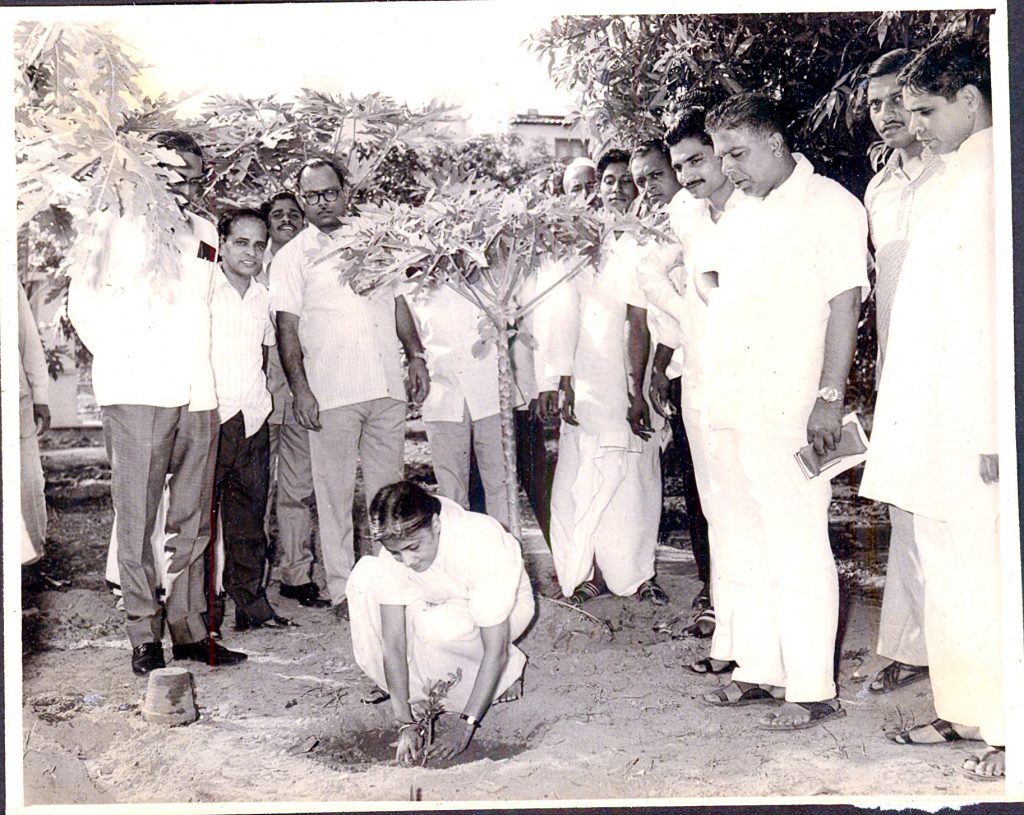
Since the central leadership of Janata Party did not heed this protest and went ahead with Satpathy’s candidature, Malati Choudhury filed her nominations to fight against her as an Independent.
Although there was one more independent candidate in the fray, the real contest in Dhenkanal was between Nandini Satpathy and Malati Choudhury — two towering women representing two different generations. At the end, it was Nandini who won. Buoyed by a countrywide electoral wave in favour of Janata Party, Nandini polled 31,829 votes as against 4063 votes polled by Malati Choudhury. That was a resounding victory for the generation next.
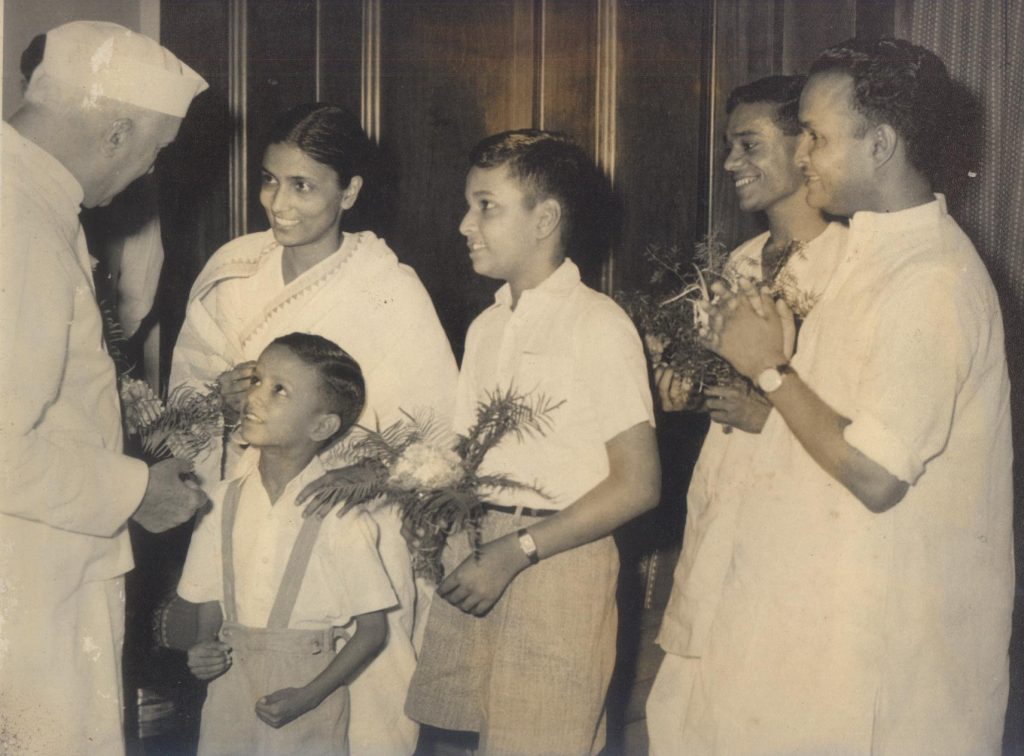
Many senior leaders were surprised with this result. “Even Prime Minister Morarji Desai was shocked,” writes Ashish Ranjan Mohapatra in ‘Maati ra Nandini’, a biography of Nandini Satpathy, “When told by Nandini about the margin by which Malati Choudhury was defeated, Desai repeated his question to confirm the matter again. He just could not believe it.”
Satpathy was a very close aide of Indira Gandhi. In spite of their disagreements with regard to the Emergency, she was declared the minister attached to the Prime Minister and remained a close confidante of the president. After the passing of the national emergency, Satpathy was re-elected as the Chief Minister of Orissa. She served her second term from 6th March 1973 to 16th December 1976.
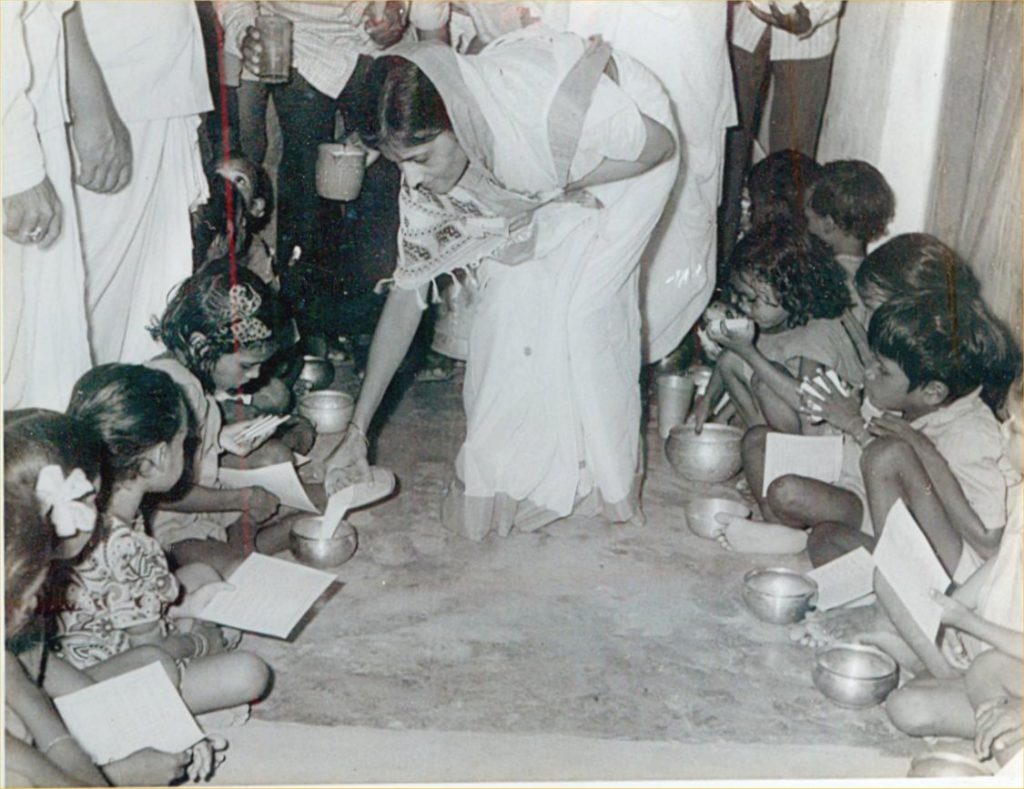
Some facts about the ‘Iron Lady’:
* Nandini Satpathy was born June 9, 1931 and grew up at Pithapur in Cuttack*She first assumed office as the Chief Minister June 14, 1972
* At the time she first became CM, the nation was destabilised due to Indo-Pak war. Her tenure ended within a year when Emergency was imposed on India
* She was the close aide of Indira Gandhi
* She was re-elected for her second term from March 6, 1973 to December 16, 1976
* Apart from being a political leader, she was also an eminent author

